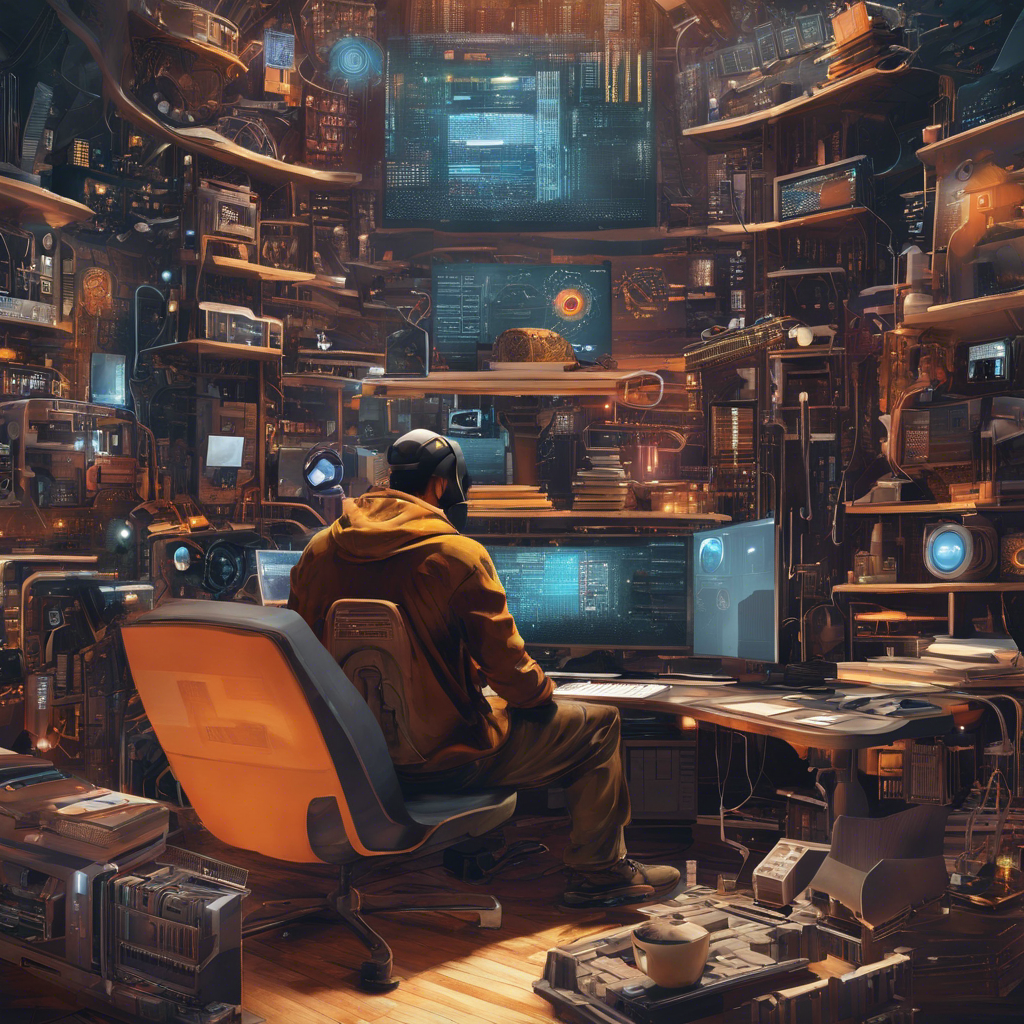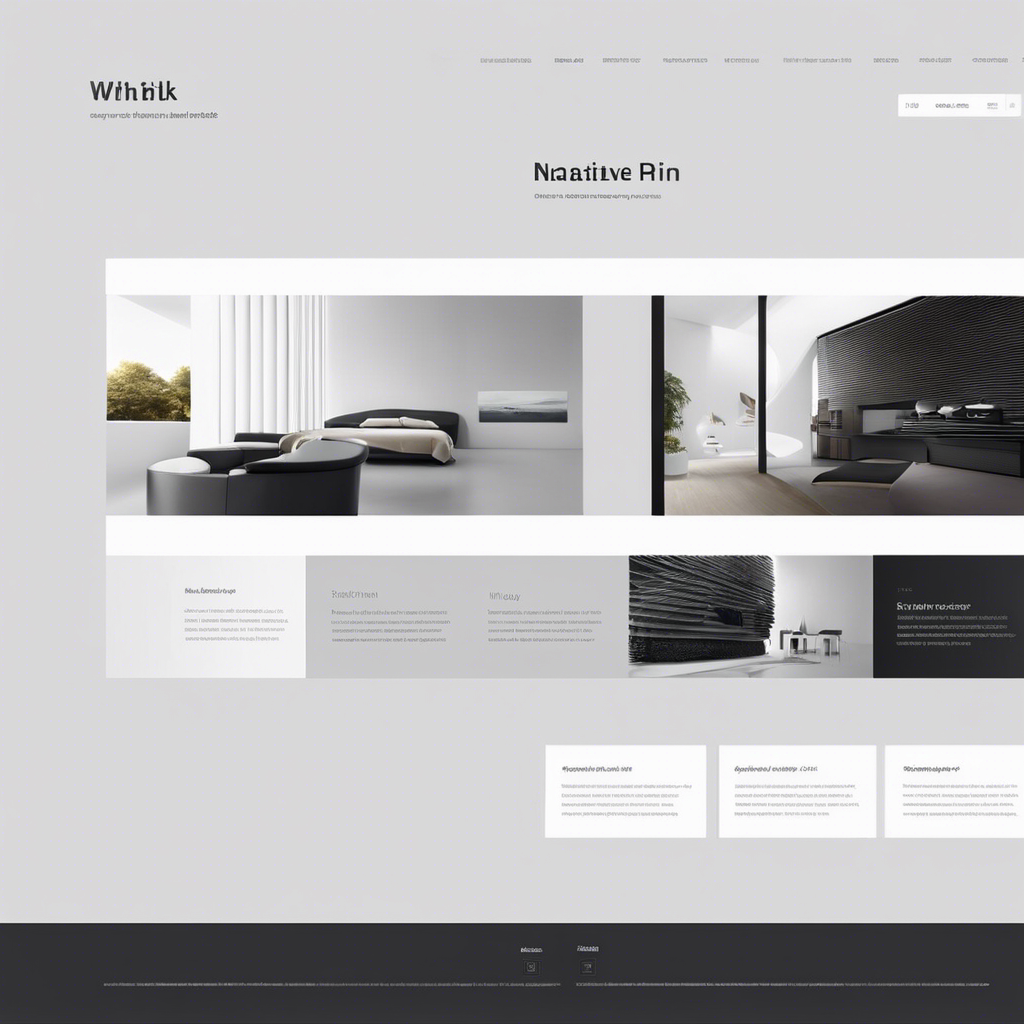Do you ever wonder how long it takes for one person to build a website?
Well, let’s take a look at an example.
Imagine you’re a beginner with moderate technical skills, and you’re using a user-friendly website builder. On average, it could take you around 10 to 14 weeks to complete the entire website building process. Of course, this timeframe can vary based on different factors.
This introduction will guide you through the various phases involved in creating a website, including planning, content creation, design, coding, testing, and launching.
By understanding the process, you’ll have a clearer idea of what to expect and how long it might take for you to build your own website.
Key Takeaways
- The planning and research phase is crucial for building a website, as it helps in defining goals, understanding the target audience, and optimizing design and content.
- Content creation and organization require time and consideration of the target audience’s needs. Tools like Canva and Grammarly can be used for creating and editing content, while sitemaps and project management platforms can aid in organizing the website.
- Web design and layout development can be approached by either building the site oneself or hiring a web developer. The time required for this phase depends on complexity, proficiency, and budget, and it is important to create an engaging and visually appealing final product.
- The coding and development process involves translating the design and layout into functional code, requiring technical knowledge and skills in programming languages. Thorough testing and debugging are essential for a successful website.
Planning and Research Phase
During the planning and research phase, your possessive attention to detail and careful consideration of your website’s goals and target audience will set the foundation for a successful build.
This crucial stage of website development involves strategic planning and thorough research to ensure that your website effectively meets the needs of your potential customers.
The planning phase involves determining the key objectives of your website, such as whether it’s intended to provide information, sell products, or engage with users.
Researching your target audience will help you understand their preferences and behaviors, enabling you to create a website that resonates with them.
By investing time in planning and research, you can optimize your website’s design, content, and functionality to ensure that visitors can easily find what they’re looking for.
This process could take several weeks or even months, but it’s the best option to lay a solid foundation for your web development journey.
Take the time to consider your website’s goals and target audience during the planning and research phase to set yourself up for success.
Content Creation and Organization
To effectively build a website, you’ll need to devote time to creating and organizing content. Content creation and organization are crucial steps in the website building process.
The time it takes to build a website depends on the amount of work involved and the type of content you need to create. Different programming languages and design elements may also impact the time required.
When creating content, it’s important to consider the target audience and their needs. Tools like Canva and Grammarly can assist in creating and editing various types of content, ensuring high quality and accuracy.
Additionally, using sitemaps and project management platforms like Monday.com or Trello can help you stay organized and track your progress.
Web Design and Layout Development
When building a website, you can start by focusing on web design and layout development. This is a crucial step in creating an engaging and visually appealing final product.
There are two main approaches to consider: building the entire site yourself or hiring a web developer. If you have the necessary skills and time, building the website yourself can save you money. However, if you lack expertise or need a complex website, hiring a web developer is recommended.
Website builders like Weebly, Squarespace, and GoDaddy provide user-friendly interfaces for creating a website without coding knowledge. On the other hand, hiring a web developer offers more flexibility and customization options.
The length of time it takes to design and develop the website depends on its complexity, your proficiency, and your budget to hire external help.
Coding and Development Process
If you have decided to build the website yourself, the coding and development process is the next step in creating your website.
This phase involves translating your design and layout into functional code. It requires technical knowledge and skills in programming languages such as HTML, CSS, and JavaScript.
The coding process entails writing and organizing the code to ensure proper website functionality and user experience. Development involves creating interactive features, integrating databases, and implementing back-end functionalities.
It’s crucial to follow best practices and coding standards to ensure a smooth and efficient development process. Additionally, thorough testing and debugging are necessary to identify and fix any issues or bugs.
This coding and development process is critical in bringing your website design to life and creating a fully functional and responsive website.
Testing, Review, and Launch
During the testing, review, and launch phase of building your website, you’ll need to ensure that all desired changes are made before moving forward with the main development phase. This is an important step in the website building process as it allows you to identify and address any issues or bugs before the website goes live.
Testing involves checking the functionality of different features and ensuring that they work as intended. Reviewing the website involves gathering feedback from stakeholders and making any necessary improvements based on their suggestions.
Once all changes have been made and the website is deemed ready, it can be launched. The amount of time it takes to complete this phase can vary depending on the complexity of the website and the efficiency of the website builder. However, with careful planning and effective communication, it’s possible to minimize the time spent in this phase and ensure a smooth transition to the main development phase.
Frequently Asked Questions
How Long Does It Take 1 Person to Build a Website?
Building a website on your own can be a time-consuming process. It requires careful planning, efficient time management, and balancing design and development. However, with the right tools and resources, you can create a website efficiently and stay motivated throughout the process.
Can One Person Build a Website?
You can definitely build a website solo. There are pros and cons, challenges, and necessary skills. Tools and resources can assist you, while tips, case studies, and strategies can help you succeed. Avoid common mistakes, stay organized, market your website, find inspiration, and stay motivated.
How Many Days Will It Take to Make a Website?
It’s difficult to provide an exact number of days to make a website as it depends on various factors like complexity, customization, and your skills. However, efficient time management and utilizing tools can help speed up the website development process.
How Long Does a Web Take to Build?
Building a website alone can take anywhere from a few weeks to several months, depending on factors like coding expertise, project complexity, and available time. Efficient planning, utilizing resources, and staying motivated are key to managing time effectively.




